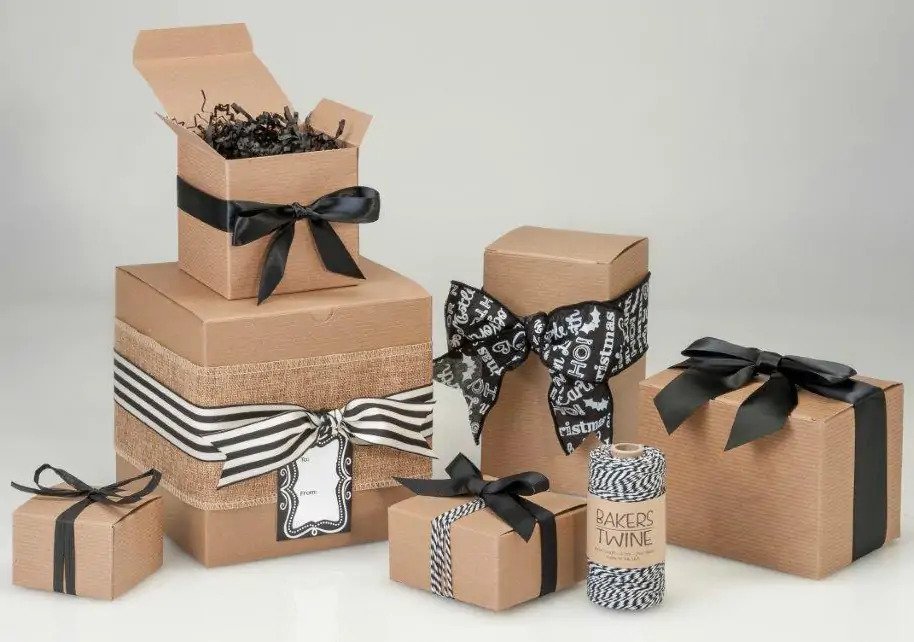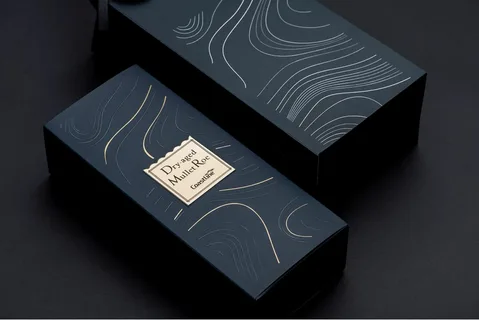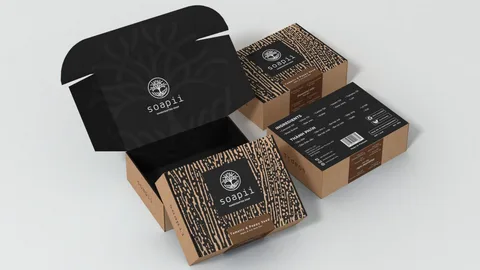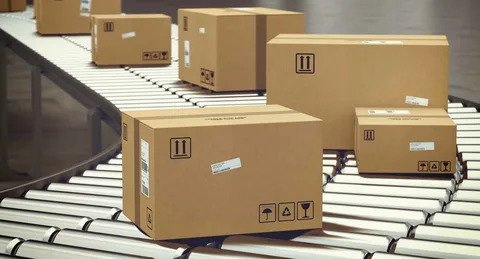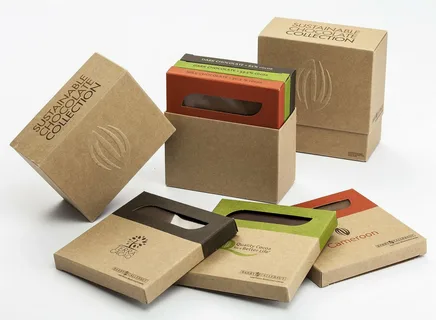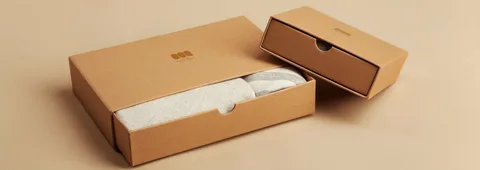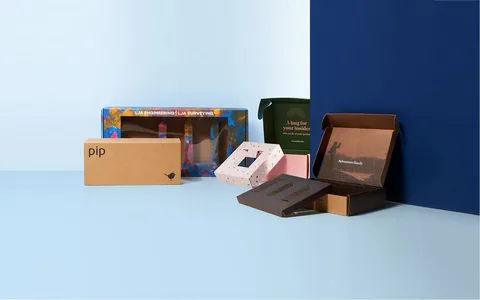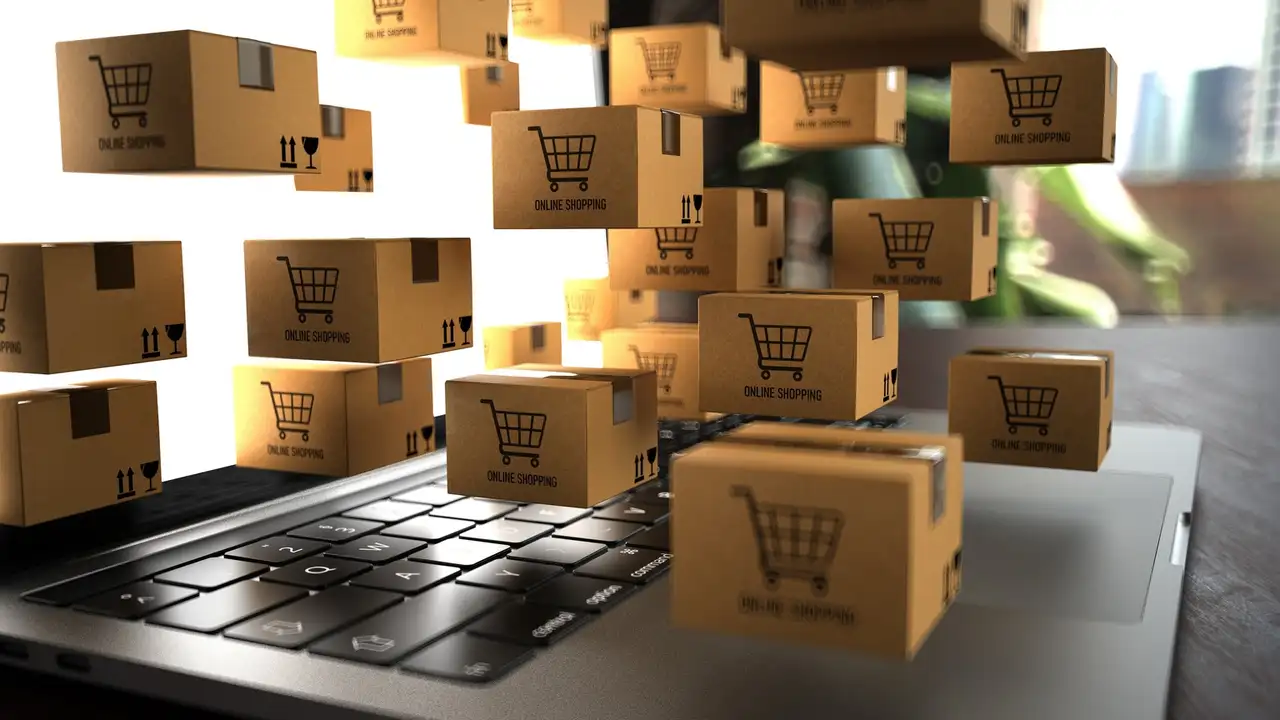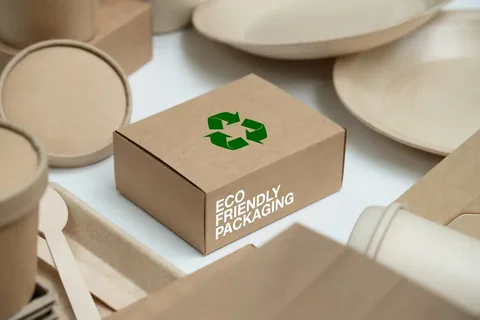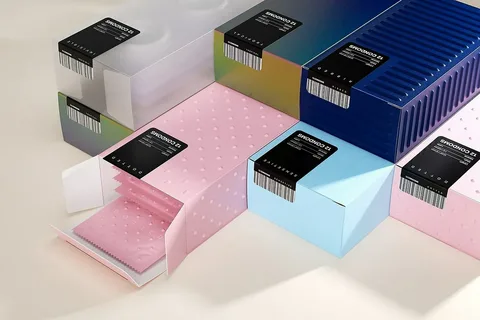In today’s competitive marketplace, where consumers are bombarded with countless product options, standing out is paramount. One of the most effective ways to capture attention and drive sales is through innovative packaging. But does it truly make a difference? Let’s delve into the data and explore how creative packaging can significantly boost sales.
The Power of First Impressions
The saying “you never get a second chance to make a first impression” holds true in retail. Packaging is often the first interaction a consumer has with a product. In fact, 72% of consumers say that packaging design influences their purchasing decisions. An eye-catching design can pique curiosity, prompting potential buyers to pick up the product and learn more.
Driving Consumer Engagement
Innovative packaging doesn’t just attract attention; it encourages engagement. Studies show that 40% of consumers would share an image of a product they received online if it came in a unique package. This organic social media buzz can amplify brand visibility and reach a broader audience without additional advertising costs.
Enhancing Brand Perception
Packaging serves as a reflection of a brand’s identity and values. 70% of consumers believe that packaging is an important factor in a brand’s image. Brands that invest in thoughtful, high-quality packaging are perceived as more trustworthy and premium, which can justify higher price points and foster customer loyalty.
The Influence of Sustainability
Modern consumers are increasingly eco-conscious. 48% of consumers expect brands to align their packaging with environmentally friendly initiatives. Brands that adopt sustainable packaging solutions not only contribute positively to the environment but also appeal to a growing demographic that prioritizes sustainability in their purchasing decisions.
Boosting Repeat Purchases
Packaging doesn’t just attract customers; it can also bring them back. 52% of online shoppers are more likely to make repeat purchases from a brand with premium packaging. A memorable unboxing experience can create positive associations, encouraging customers to return for future purchases.
Differentiation in a Crowded Market
In saturated markets, differentiation is key. Custom packaging can increase sales by 20-30%. By offering unique packaging, brands can distinguish themselves from competitors, making their products more recognizable and desirable to consumers.
The Role of Color and Design
The aesthetic elements of packaging, such as color and design, play a crucial role in consumer decision-making. Color improves brand recognition by up to 80%. Vibrant, appealing designs can attract consumers’ attention, while cohesive color schemes can enhance brand recognition and recall.
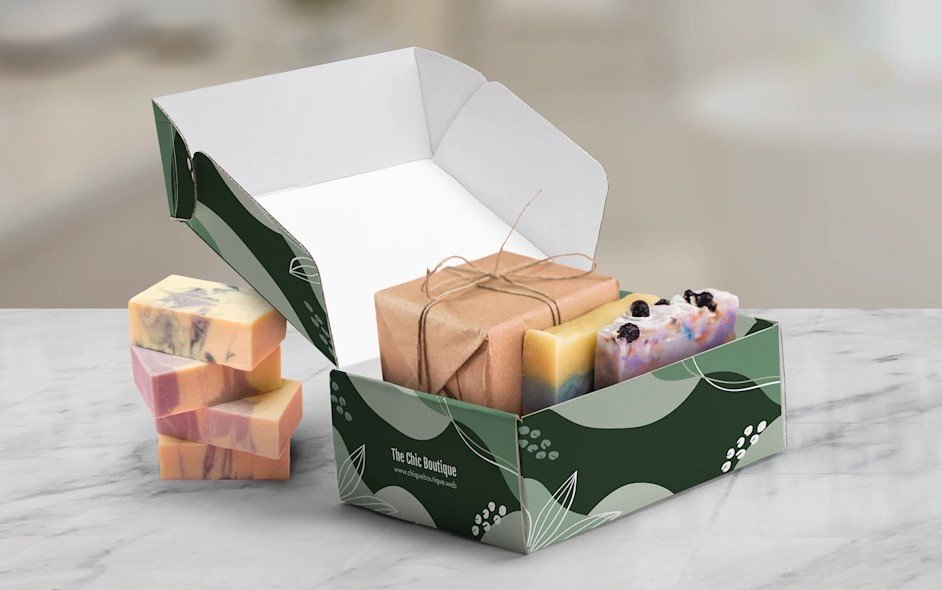
Transparency Builds Trust
Consumers value transparency. 67% of consumers believe that clear and transparent packaging boosts brand loyalty. Packaging that clearly communicates product information, ingredients, and sourcing can build trust and credibility, leading to increased consumer confidence and sales.
The Impact of Premium Packaging
High-end products benefit from premium packaging. 61% of people are more likely to buy a luxury product more than once if it comes in premium-looking packaging. Luxurious packaging not only enhances the perceived value of a product but also reinforces its status as a premium offering.
The Bottom Line
The data is clear: innovative packaging is more than just a protective covering; it’s a powerful marketing tool. From attracting attention and encouraging engagement to building trust and boosting sales, the impact of packaging cannot be overstated. Brands that invest in creative, thoughtful packaging are likely to see a significant return on investment through increased consumer interest and loyalty.
Conclusion
In conclusion, innovative packaging is a critical component of modern marketing strategies. By understanding consumer preferences and leveraging design elements that resonate with target audiences, brands can enhance their market presence and drive sales. As consumer expectations continue to evolve, staying ahead with innovative packaging solutions will be essential for sustained business success.
